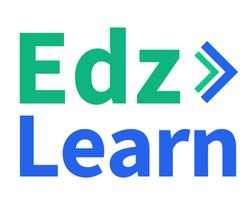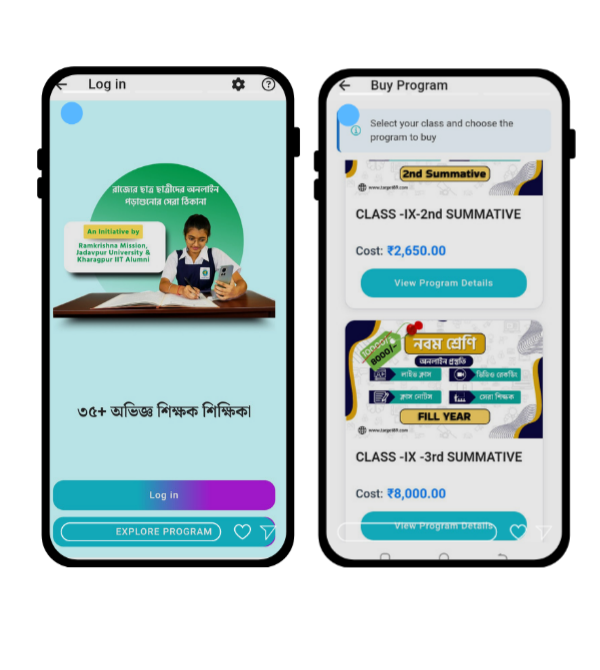Gamification is the application of game-design elements and principles in non-game contexts, like education, to enhance user engagement and motivation. In recent years, it has become a popular strategy in online learning environments to make courses more interactive and enjoyable. By incorporating elements such as scores, badges, leaderboards, and trophies, educators can transform traditional learning experiences into dynamic and stimulating activities. This approach not only attracts learners but also keeps them engaged and motivated to complete their courses. Gamification leverages the natural human instinct for competition and achievement, turning the learning process into an exciting and rewarding journey.
Key Gamification Elements in Online Courses
Several game elements can be integrated into online courses to increase engagement. Each element serves a unique purpose in motivating learners and making the learning process more enjoyable.
Scores and Points
Scores and points are fundamental gamification elements that provide immediate feedback to learners. Each time a learner completes an activity or answers a quiz correctly, they earn points. This system rewards effort and achievement, making learners feel acknowledged for their progress. Points can also serve as a metric to gauge how well learners are grasping the course material, allowing them to track their improvement over time.
Badges and Achievements
Badges are visual representations of accomplishments that learners earn when they complete specific tasks or reach certain milestones. These can range from simple tasks like completing a module to more challenging feats like achieving a perfect score on a difficult quiz. Badges provide a sense of accomplishment and recognition, encouraging learners to strive for continuous improvement. They also add a collectible aspect to the course, which can be highly motivating.
Leaderboards
Leaderboards introduce a competitive element by ranking learners based on their performance, such as total points earned or quiz scores. Seeing their names on a leaderboard can motivate learners to perform better and climb the ranks. This competitive aspect can drive engagement as learners strive to outperform their peers. Leaderboards also create a sense of community by fostering healthy competition and peer recognition.
Trophies and Rewards
Trophies and other tangible rewards can be awarded for significant achievements or high performance. These rewards can be physical items, like certificates, or digital ones, like special access to premium content or additional resources. Trophies serve as long-term goals that learners can aspire to achieve, providing sustained motivation throughout the course.
Certificates
Certificates are a formal recognition of a learner’s achievements and skills gained from a course. They provide tangible proof of accomplishment that learners can share on professional networks or include in their resumes. Earning a certificate at the end of a course not only validates the learner’s effort but also adds value to their professional profile.
How Gamification Engages Learners
Gamification engages learners by making the learning process more interactive, rewarding, and enjoyable. Here’s how each gamification element plays a role in hooking and keeping learners engaged:
Immediate Feedback and Motivation
Scores and points provide immediate feedback on learners’ performance, which is crucial for keeping them motivated. This immediate gratification reinforces positive behavior and encourages learners to continue participating in the course. As they accumulate points, learners can see tangible proof of their progress, which boosts their confidence and keeps them motivated to reach the next level.
Sense of Achievement
Badges and achievements create a sense of accomplishment as learners collect them throughout the course. Each badge earned represents a milestone reached, which reinforces a sense of progression and mastery. This sense of achievement is crucial for maintaining motivation, as it provides learners with frequent reminders of their success.
Healthy Competition
Leaderboards introduce a competitive aspect that can significantly boost engagement. When learners see their peers’ scores, it can create a friendly competition that drives them to improve their performance. This competitive environment encourages learners to stay active and engaged in the course to maintain or improve their ranking.
Long-term Goals
Trophies and rewards provide long-term goals that learners can aspire to achieve. These goals keep learners engaged over an extended period, as they work towards significant accomplishments. Trophies act as a motivational tool by giving learners something substantial to strive for, beyond immediate rewards like points and badges.
Recognition and Value
Certificates provide formal recognition of learners’ efforts and accomplishments. This recognition is valuable not only within the course but also in professional settings. Knowing that they will receive a certificate at the end of the course can motivate learners to complete all modules and perform well, as they see the certificate as a valuable addition to their professional credentials.
Practical Implementation of Gamification
To effectively implement gamification in your course, consider the following steps:
Design a Point System:
Develop a comprehensive point system where learners can earn points for various activities such as completing lessons, participating in discussions, and passing quizzes. Ensure that points are awarded consistently and transparently.
Create Badges and Achievements:
Design a series of badges that learners can earn for specific accomplishments. Use visually appealing designs and clearly define the criteria for earning each badge. Offer badges for both small and large achievements to keep learners motivated throughout the course.
Set Up Leaderboards:
Integrate leaderboards that update in real time, showing learners’ rankings based on their points or quiz scores. Make the leaderboards visible to all participants to foster a sense of community and competition.
Introduce Trophies and Rewards:
Identify significant milestones or high-performance criteria and award trophies for these achievements. Consider offering tangible rewards, such as exclusive content or physical items, to add extra motivation.
Issue Certificates:
At the end of the course, provide certificates to learners who have completed the required tasks. Ensure that the certificates are professionally designed and can be easily shared on social media or professional networks.
Example of a Gamified Learning Path
Imagine a language learning course that incorporates gamification elements. Here’s how learners might engage with the course:
Starting the Course:
Learners begin by earning points for completing introductory lessons and participating in basic quizzes. These points accumulate and are displayed on their profile.
Earning Badges:
As learners progress, they earn badges for milestones such as mastering basic vocabulary, completing listening exercises, or participating in conversation practice sessions. Each badge unlocks access to new content and resources.
Checking Leaderboards:
Learners can view leaderboards that rank participants based on their total points. Seeing their name on the leaderboard, especially in the top ranks, motivates them to continue studying and improve their scores.
Winning Trophies:
Learners who achieve high scores in advanced quizzes or consistently participate in daily practice sessions receive trophies. These trophies are prominently displayed on their profiles, serving as a long-term achievement goal.
Receiving Certificates:
Upon completing the course, learners receive a certificate of proficiency in the language. This certificate can be shared on social media or added to their professional portfolio, providing a sense of accomplishment and real-world value.
Conclusion
Gamification is a powerful tool for increasing engagement in online courses. By incorporating elements such as scores, badges, leaderboards, trophies, and certificates, educators can create a more interactive and motivating learning experience. These gamification features not only make learning fun but also foster a sense of achievement, competition, and progression. When learners are engaged and motivated, they are more likely to complete the course and retain the information they’ve learned. Implementing gamification thoughtfully can transform the educational experience, making it more dynamic and effective for all learners.














